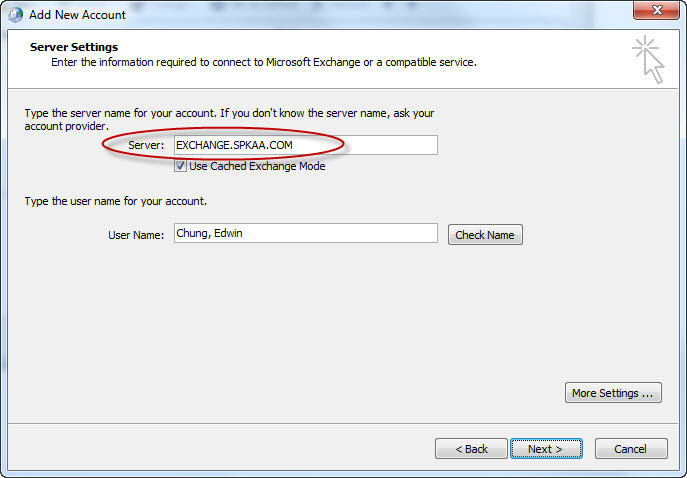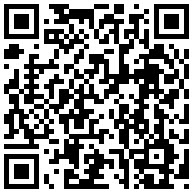Because the benefits are endless, I couldn’t even hope to list them all, but here are a few great reasons for engineering pros (or anyone else) to work from home during the holidays:
1. It’s the universal excuse to escape from household chores and awkwardly boring social situations.
2. What better way to bond with estranged relatives than doing something (working!) that we can all relate to?
3. It helps justify – to your wife, your boss, or your self – the need for a new laptop and phone every 9 months.
4. Just because they’re family doesn’t mean they aren’t potential clients. Look sharp! Act smart!
5. We have to set an example of what a Proper Work Ethic looks like for the children!
Getting Files
The easiest way to work-from-home is to get your files on your own computer. If you’re tired of using a 1.44MB floppy disk to move, you can try a Cloud-based service such as DropBox or SugarSync: these upload your files from work to the Internet then download those files from the Internet to your home or laptop or phone.
Getting Email
But who works with files, anyway? What you really want is your email! Try these steps:
- Ask your IT department, specifically, for Outlook Web Access. If you’re using MS Exchange, they may have already implemented this feature but neglected to tell you. I’ll give you a hint: if your coworkers are accessing their email from an iPhone, then you can probably access your mailbox from anything.
- Check for Outlook Web Access! I’ll be honest, I do this first.

- Open Outlook and see what settings are. You’re looking for the “Server” setting:
- Open a web browser and try going to http://replace-with-server-name-here/exchange.
- If your username and password don’t work, try using your email address as your username.
- Lastly, you can setup an Outlook Rule that redirects your incoming email to an external email address. Remember that you want to use message redirection and NOT message forwarding – you can find instructions to configure this on Microsoft’s Office website.
Getting Applications
If you really must access your work desktop virtually, try using LogMeIn.com. I recommend it wholeheartedly every time I have the opportunity: it’s been a lifesaver for me over and over. It’s free, it’s reliable, and it requires no messy firewall re-configuration. I use LogMeIn.com on a daily basis to access my desktop left on at work, as well as occasionally helping my Mom with her email problems.
Getting Internet
Of course, most of the above is dependent on your having access to the Internet. I considered the dilemma very seriously so that I’d have a solution in case I ever had to go outside the 120-ft range of my Linksys router.
Wi-Fi
This will be your easiest method of getting network access. But what if your parents are part of the 30% without broadband access? Here are your options for getting Wi-Fi access while you’re away-from-home:
- Use Starbucks’s free Wi-Fi. Those starving college-bound baristas even come in on Thanksgiving day! Your local library probably has free Wi-Fi, too.
- For the 0.02% of Americans who live in the same city as Google, they’ve blanketed all of Mountain View with free Google WiFi since 2006.
- Use BackTrack Linux to decode your neighbor’s Wi-Fi password. Just before you leave, give them your business card with a note on the back, “Your wireless password is ADADFACEDACAB. Call me for a wireless security consultation!”
Cellular 3G/3.5G/4G
Many of us have data plans attached to our “smart” phones. For the occasional trip away, I use my Android phone to bridge my laptop to the Internet. You have options here, too:
- A “rooted” Android phone can use open-source Android-Wifi-Tether to bridge your laptop and phone, allowing you to use your cell phone’s data plan for access.
- Android applications such as EasyTether and PdaNet provide similar solutions for most phones. Be sure to test it before you need it!

- T-Mobile is the only carrier that offers daily access plans that will get you online for $3/day. You’ll need to procure a GSM device (such as the ZTE MF60) on your own, then activate a T-Mobile Prepaid SIM card separately before combining them into your inexpensive, temporary mobile access point.
- And, of course, carriers offer the feature with exorbitant monthly fees and 24-month contracts. This method isn’t my first recommendation, but it’s probably the least troublesome.
Using the tools and tips above, I’m confident you can successfully work while you’re away! Remember that your family will understand that your deadline takes precedence over setting the table and cleaning dishes; explaining that your boss is depending on you will help you appear responsible to your in-law parents; and working has fewer calories than desert – in case you hope to “lose a few” before the New Year.
Subscribe to our blog for more social advice from yours truly, along with useful technical advice from other Engineering professionals!
Edwin Chung
Application Integration Engineer, SPK







